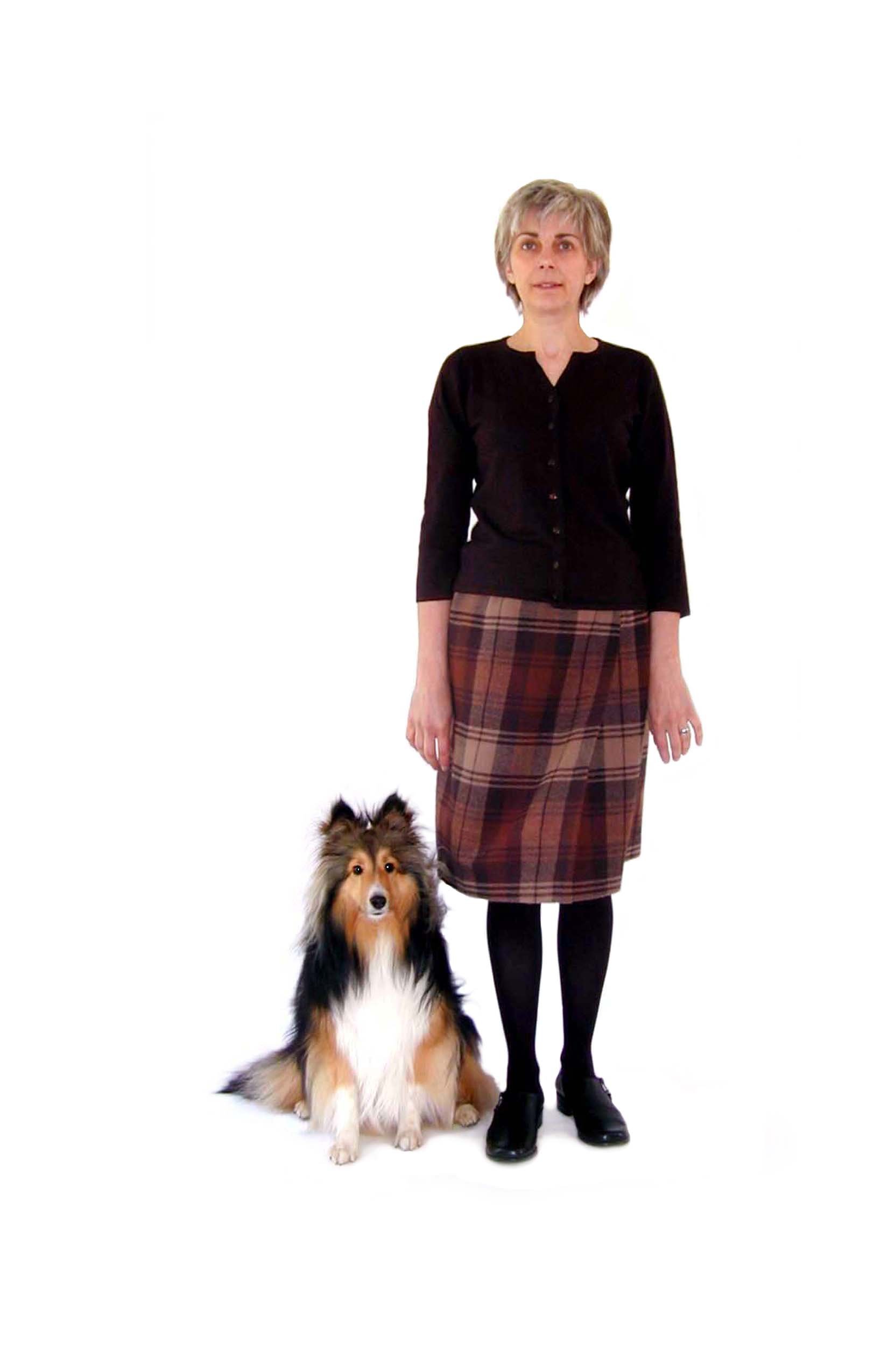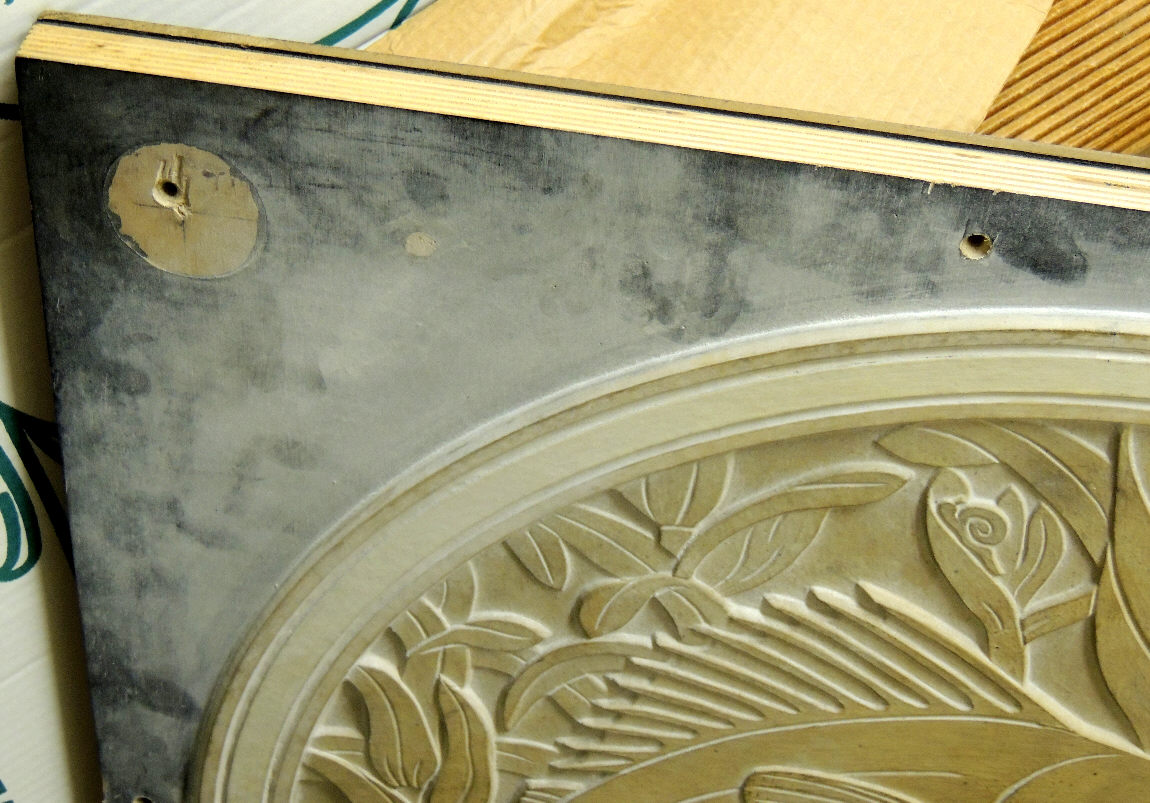When one has access to the artist who designs the covers for a city, we can get an answer to the reason behind the designs?
Kate Burke designed manhole covers for the City of Minneapolis back in 1992. These manhole covers were part of 75 cast iron manhole covers created as one of seven other art projects for the Nicollet Mall in Minneapolis, Minnesota.
Kate explains the development of Hail Minnesota installed before computers and digital cameras!
I worked with Craig Amundson from BRW Architects to evolve the ideas and designs. As the first ones he chose not only had a natural theme but were, also, state symbols. I evolved further designs from there. I designed for the state bird, tree, flower, grain, etc. In the end I titled the project with the state motto, “Hail Minnesota”.
It took at least a month to create each hand cut pattern. I evolved a unique technique of layering chip board to create detail and to guarantee a flat surface for a safe footfall. There are eleven different designs with each pattern cast seven times.
The City of Minneapolis is redeveloping Nicollet Mall, the location of Kate Burke’s designed manhole covers. Architect James Corner hired for the redesign, is the architec who designed the High Line, a beloved project in NYC. To prepare for this complete redevelopment the city assessed and archived the eight artworks originally installed. The manhole covers rated well and people enjoy them. Their condition and maintenance care are easy.
To view these fantastic cover designs in person, one will have to wait for the covers to be removed from storage and reinstalled when the Mall is rededicated in the future. Millions of people pass over Nicollet Mall yearly, but ME, Louise, never knew of them when I visited Minneapolis, two years ago. It is worthwhile to call a city before visiting and asking questions on the project you might be doing.
Take a look at these stupéfiant (amazing) manhole covers!









































